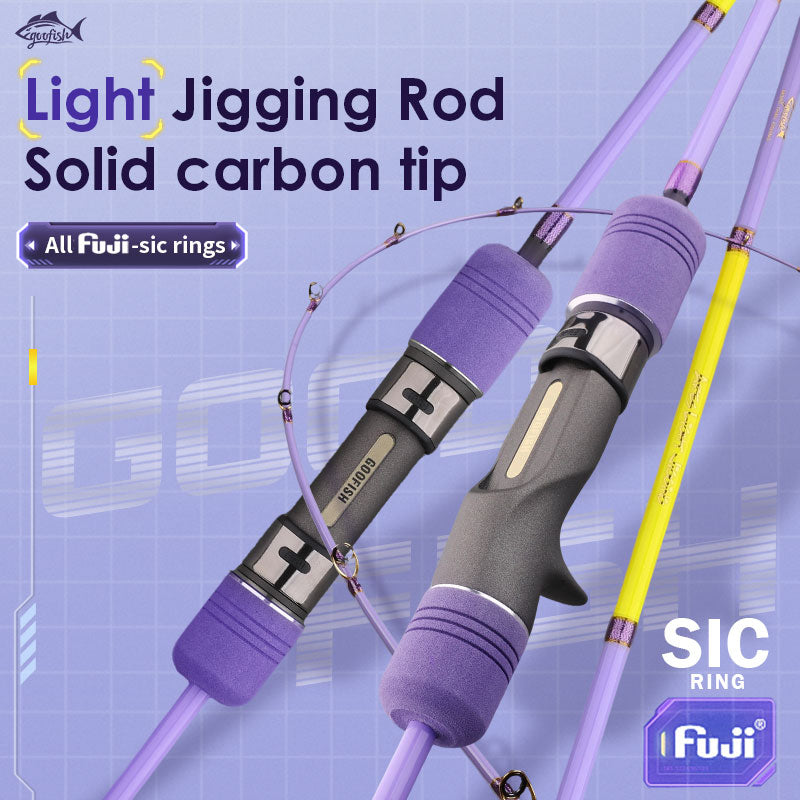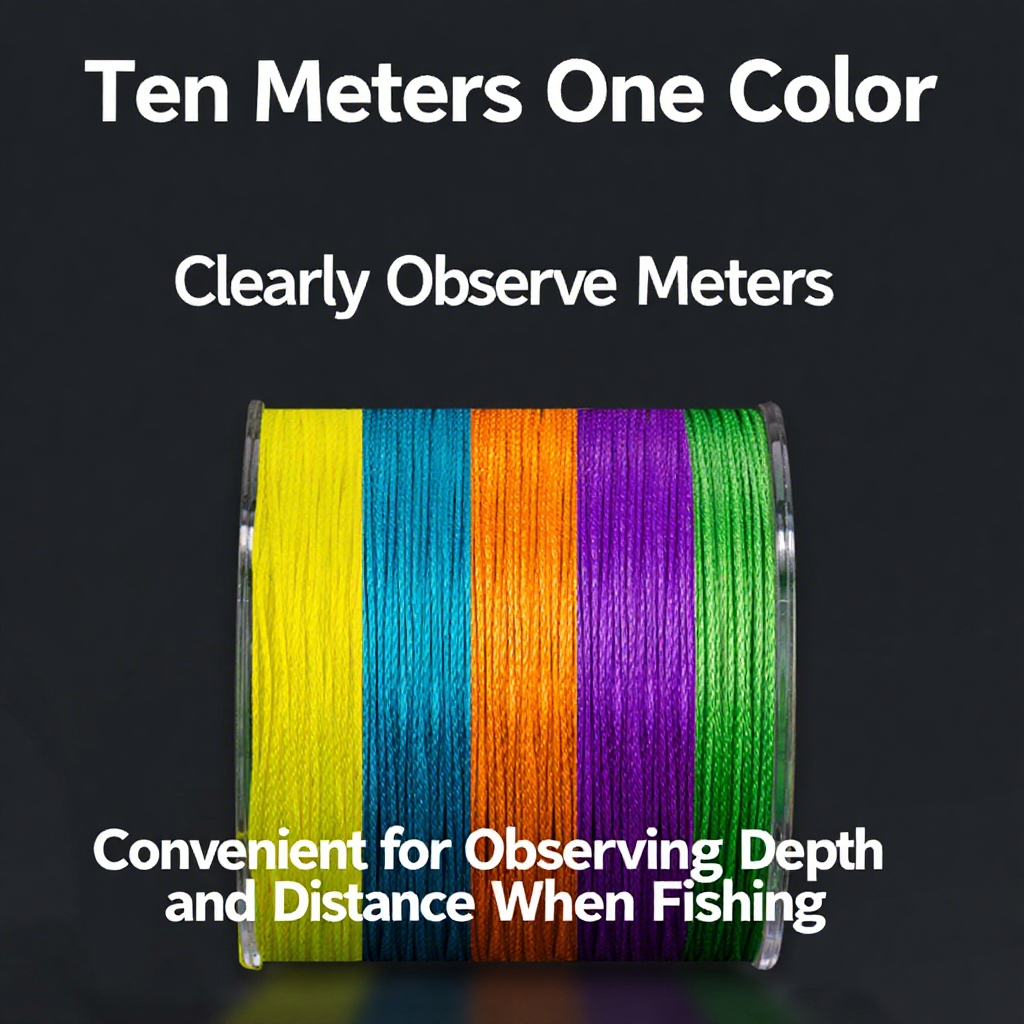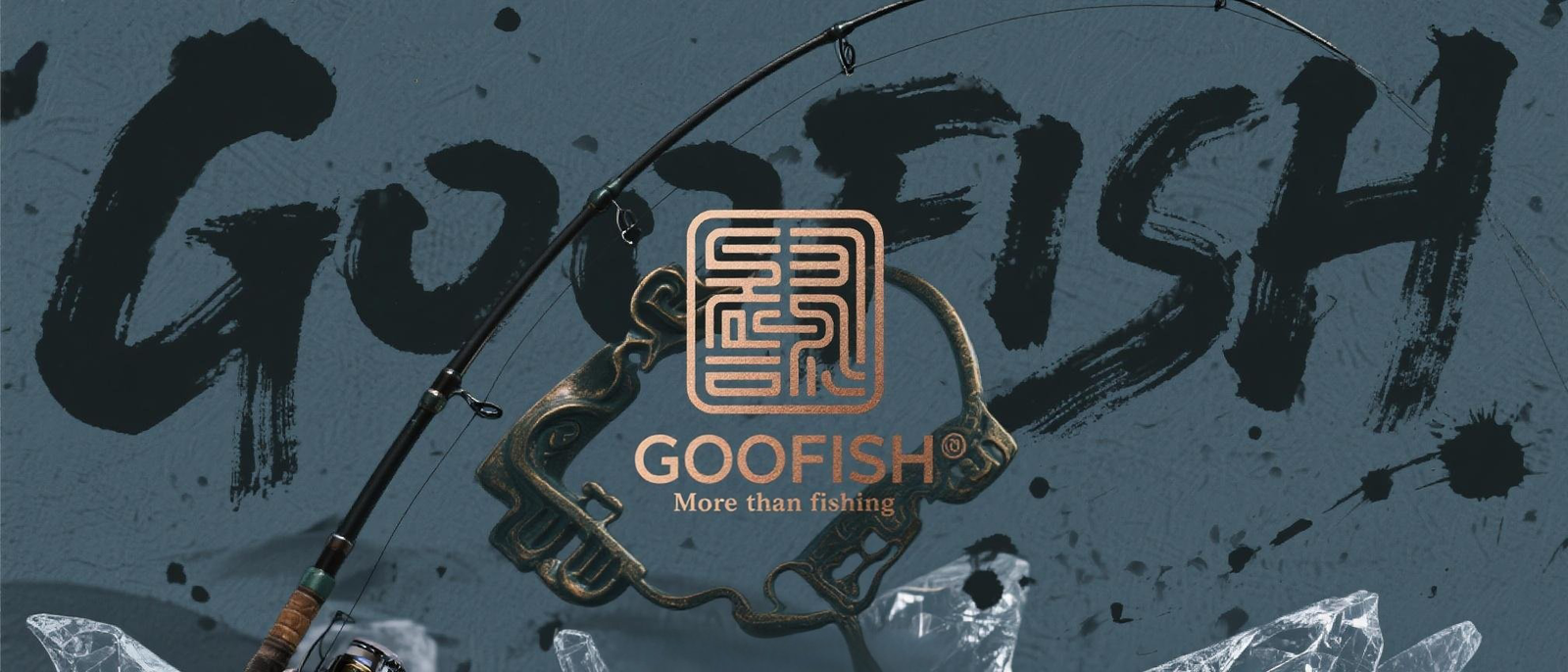Slow fall jigging is a popular fishing technique that requires precision and skill. Whether you're a beginner or an experienced angler, mastering these 10 proven techniques will help you improve your success rate and reel in more fish.
1. Choose the Right Jig
Select a jig that matches the size and color of the bait fish in the area. Experiment with different weights and shapes to find what works best for the conditions.
2. Master the Drop
Control the descent of your jig by slowly lowering it into the water column. Pay attention to the movement of the line and be ready to set the hook at any moment.
3. Vary Your Retrieval Speed
Experiment with different retrieval speeds to mimic the natural movement of prey. Sometimes a slow and steady retrieve works best, while other times a more erratic motion is needed to entice a strike.
4. Use Light Line
Opt for a light line to achieve a more natural presentation. Lighter fishing lines have less visibility in the water and allow your jig to move more freely.
5. Stay Patient
Patience is key when slow fall jigging. Allow your jig to reach the desired depth and give fish time to notice and strike. Avoid rushing the process.
6. Pay Attention to Structure
Focus on fishing around structure such as rocks, reefs, and drop-offs. These areas provide cover for fish and are prime locations for slow fall jigging success.
7. Adjust Your Depth
Experiment with different depths until you find where the fish are biting. Use a fish finder or pay attention to water temperature and conditions to determine the best depth to target.
8. Be Mindful of Current
Take into account the direction and strength of the current when slow fall jigging. Adjust your technique to work with the current rather than against it for better results.
9. Set the Hook Properly
When you feel a bite, resist the urge to immediately set the hook. Instead, wait for a solid tug or movement on the line before setting the hook with a firm and steady motion.
10. Practice, Practice, Practice
Like any fishing technique, mastering slow fall jigging takes time and practice. Keep honing your skills, learning from each outing, and adapting to different conditions to become a successful slow fall jigging angler.











Leave a comment